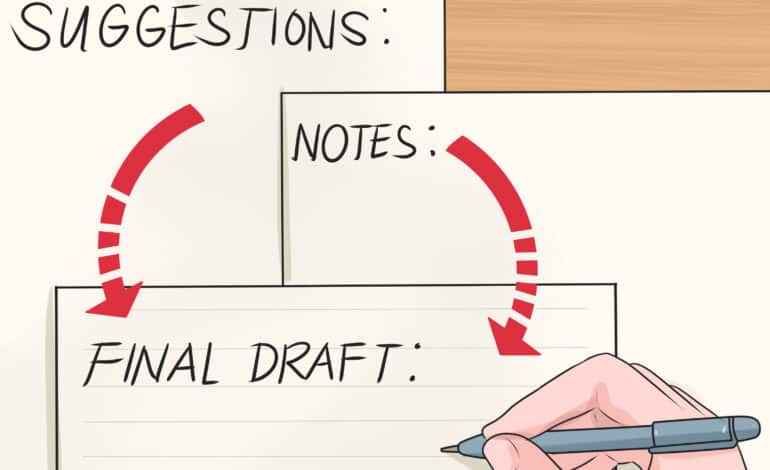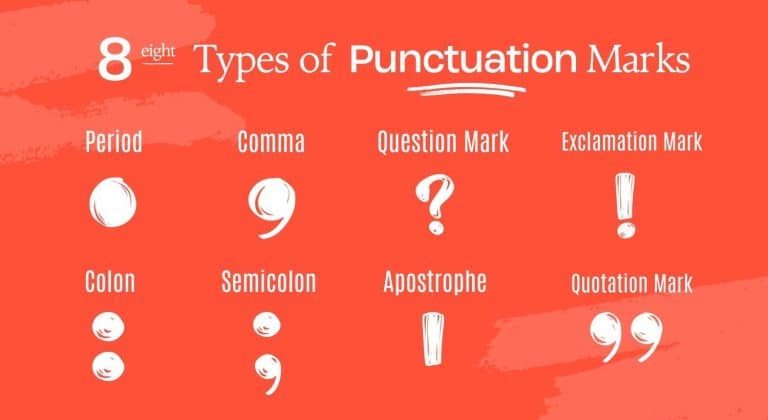
Writing Style Improvement: Techniques from Expert Editors
Every great writer knows that writing style improvement is an ongoing journey—not a destination. Whether you’re a beginner or a seasoned author, enhancing your writing style can elevate your content from ordinary to outstanding. Fortunately, expert editors have spent years perfecting techniques that help writers express their thoughts more clearly, concisely, and creatively.
In this in-depth guide, we’ll explore proven writing style improvement strategies used by top editors to help you strengthen your voice, engage your audience, and sharpen your overall communication.
What Is Writing Style?
Before we dive into writing style improvement, it’s essential to understand what writing style actually means.
Writing style refers to the way you express your thoughts in words. It includes elements such as tone, word choice, sentence structure, rhythm, and flow. Style reflects your voice and how you connect with your audience.
Different contexts demand different styles:
- Academic writing is formal and precise.
- Marketing copy is conversational and persuasive.
- Creative writing can be poetic and emotionally expressive.
Improving your style means learning to adapt and elevate your writing without losing your unique voice.
Why Writing Style Improvement Matters
Many writers focus heavily on grammar and spelling—but that’s just the beginning. Writing style improvement enhances:
- Clarity: A polished style ensures your message is easily understood.
- Engagement: Strong style keeps readers interested and emotionally connected.
- Professionalism: A refined writing style adds credibility and authority.
- Persuasion: The right style helps you influence and inspire action.
Let’s dive into the expert-backed techniques for achieving noticeable writing style improvement.
1. Eliminate Redundancy and Wordiness
One of the first things expert editors tackle is redundancy. Unnecessary words slow down your writing and dilute your message.
✂️ What to do:
- Replace “due to the fact that” with “because.”
- Avoid “in order to” when “to” is enough.
- Cut words like “very,” “really,” and “just” when they add no value.
🔍 Example:
❌ “She was very happy and extremely excited.”
✅ “She was thrilled.”
Removing clutter is a foundational step in writing style improvement.
2. Use Active Voice Over Passive Voice
One of the most impactful writing style improvement techniques is shifting from passive to active voice.
🎯 Active Voice:
The subject performs the action.
✅ “The editor revised the article.”
💤 Passive Voice:
The subject receives the action.
❌ “The article was revised by the editor.”
Active voice is direct, clear, and more engaging. Expert editors prioritize this adjustment in nearly all writing.
3. Vary Sentence Length and Structure
Monotonous sentences can make even the best ideas fall flat. Expert editors recommend varying sentence structure to create rhythm and flow—an advanced method of writing style improvement.
Example:
“Writing is a process. It takes time. It takes effort.” ← repetitive
“Writing is a process that demands time, focus, and effort—but the results are worth it.” ← varied
Mix short punchy sentences with longer, more descriptive ones to maintain interest and drive the message home.
4. Show, Don’t Tell
“Show, don’t tell” is a classic rule that holds true in all types of writing. It’s a critical concept for writing style improvement, especially in creative and narrative writing.
📝 Instead of saying:
“She was nervous.”
🎨 Show it:
“Her hands trembled as she reached for the microphone.”
This technique invites the reader into the experience and makes your writing more immersive.
5. Be Specific and Concrete
Vague writing is weak writing. Expert editors know that writing style improvement requires specificity.
❌ Vague:
“He had a good time at the event.”
✅ Specific:
“He laughed all night and said it was the best concert he’d been to in years.”
Using concrete details paints a clearer picture and makes your content more compelling.
6. Read Aloud to Refine Flow
One professional technique editors use is reading content aloud. Hearing your words helps detect awkward phrasing, repetition, or unnatural flow.
If it doesn’t sound smooth, rewrite it. This simple trick can lead to massive writing style improvement in just minutes.
7. Tighten Your Openings and Conclusions
Expert editors focus on crafting powerful introductions and conclusions—because first and last impressions matter most.
- Openings should hook the reader with a question, bold statement, or story.
- Conclusions should summarize key points and leave the reader with a call to action or a thought-provoking message.
Strong beginnings and endings reflect polished style and intentional writing.
8. Develop a Consistent Tone
Tone plays a huge role in writing style improvement. Whether you’re aiming for friendly, professional, witty, or authoritative, you must be consistent.
✏️ Tips to maintain tone:
- Know your audience.
- Match tone to purpose (e.g., casual for blogs, formal for reports).
- Avoid sudden shifts in voice or mood.
Expert editors always check tone consistency as part of the revision process.
9. Cut Weak Modifiers
Adverbs like “very,” “really,” and “basically” are often unnecessary and weaken your writing.
❌ “She was really tired.”
✅ “She was exhausted.”
Expert editors replace weak modifiers with stronger, more accurate words—another excellent way to achieve writing style improvement.
10. Use Parallel Structure
Parallelism makes writing smoother and more rhythmic. It’s one of the most overlooked but powerful writing style improvement techniques.
🔄 Not parallel:
“He likes running, to swim, and biking.”
✅ Parallel:
“He likes running, swimming, and biking.”
Consistency in structure enhances clarity and professionalism.
11. Avoid Clichés
Clichés are overused phrases that add no originality. Editors advise writers to either avoid them or rewrite them creatively.
❌ “Only time will tell.”
✅ “In the coming weeks, the outcome will become clear.”
Ditching clichés keeps your writing fresh and original.
12. Invest Time in Editing and Revising
Great writing doesn’t happen in the first draft. Editors emphasize that true writing style improvement occurs during revision.
Editing Tips:
- Take breaks before editing.
- Review for clarity, tone, flow, and grammar.
- Trim unnecessary sentences.
- Read backwards to catch typos.
Never skip editing—it’s the stage where style is sharpened and refined.
13. Practice Writing Regularly
Like any skill, writing style improvement comes with consistent practice. Set time aside each day or week to write, revise, and read.
Keep a journal, start a blog, or write short stories. The more you write, the more your natural style develops.
14. Read Like an Editor
Reading is a secret weapon for writers. But don’t just read—read like an editor.
What to look for:
- Sentence variety
- Word choice
- Tone consistency
- Paragraph transitions
Dissect how professional writers structure their content. Apply what works to your own writing.
15. Use Editing Tools (But Don’t Rely on Them)
Grammarly, Hemingway, and other writing tools are excellent for spotting mistakes and suggesting alternatives. Editors use them—but with caution.
Use these tools to support, not replace, your judgment. A strong understanding of writing principles will always be more valuable than automated suggestions when aiming for true writing style improvement.
16. Ask for Feedback
Even the best writers have blind spots. Editors often work in pairs or teams for this reason. Ask peers or mentors for honest feedback on your writing.
Be open to criticism—it’s one of the fastest ways to improve your style and become a better communicator.
Recap: Top Writing Style Improvement Techniques from Editors
Let’s review the most important techniques for writing style improvement:
- Cut wordiness and redundancy
- Favor active voice
- Vary sentence length and structure
- Show, don’t tell
- Be specific
- Read aloud
- Strengthen openings and closings
- Maintain consistent tone
- Eliminate weak modifiers
- Use parallel structure
- Avoid clichés
- Revise and edit thoroughly
- Practice regularly
- Read like an editor
- Use tools wisely
- Ask for feedback
Final Thoughts: Writing Style Improvement is a Journey
Becoming a better writer doesn’t happen overnight. But with the right techniques—and insights from expert editors—writing style improvement is not only possible but inevitable.




